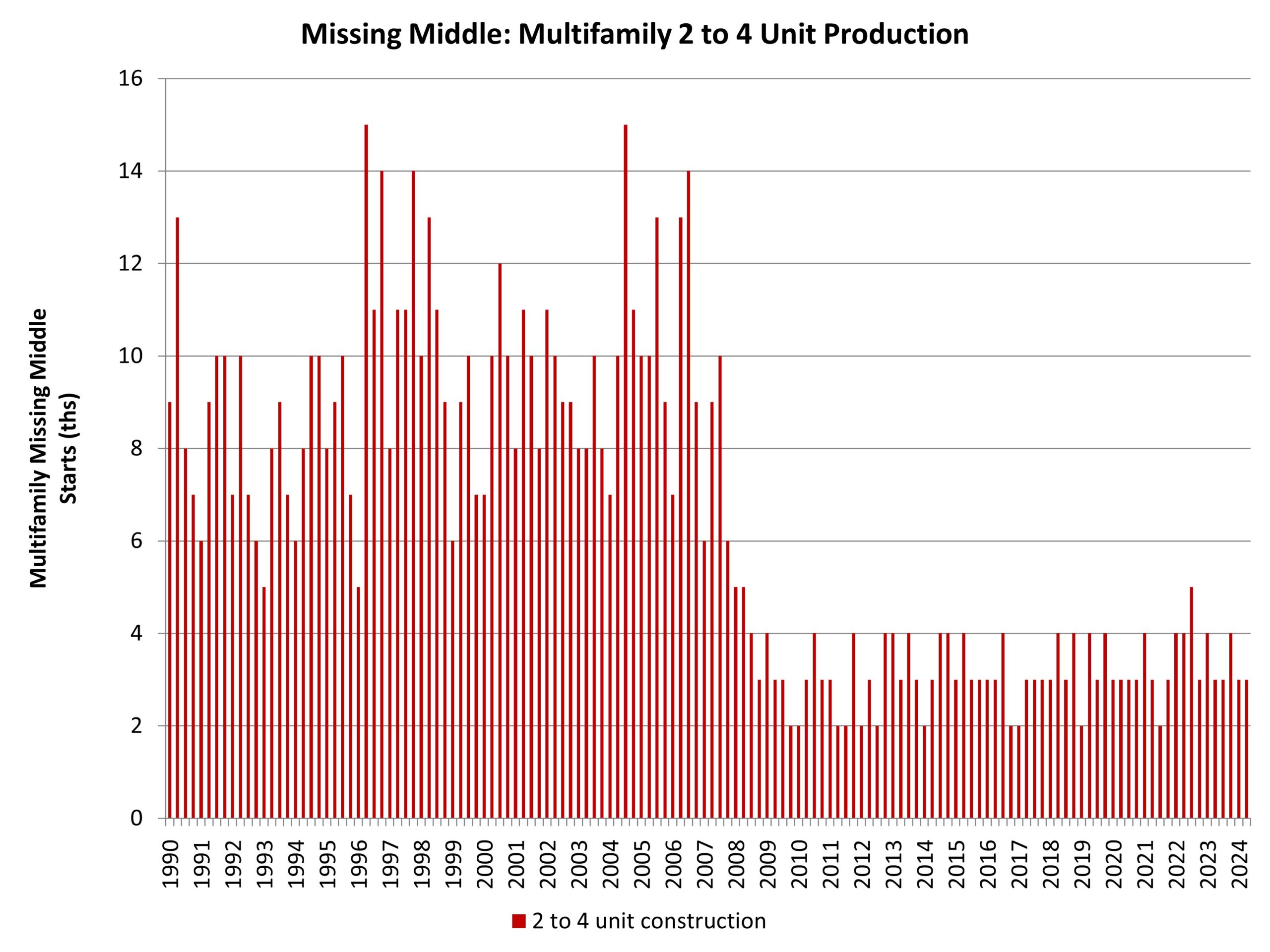U.S. big-box chain retailer Walmart is on an aggressive expansion plan. Real estate investors could do well by following in its wake.
Walmart recently announced plans to construct or convert more than 150 stores nationwide, including locations in key markets in Texas, California, Florida, Alabama, and Utah. In doing so, the retailer underscored its commitment to brick-and-mortar retail and the large-scale employment from local communities.
“An Investment in a Community and New Job Opportunities”
Walmart’s expansion is a major driver of employment, especially in its Supercenters. New Supercenters have opened this year in Frisco and Cypress, Texas, with a new store planned for Melissa, Texas, in November. The company’s expansion will continue into 2026, with new locations slated for Apollo Beach, Florida, and Eastvale, California, USA Today reported.
Walmart has more than 4,600 locations in the U.S. It has opened nine stores in 2025, according to Business Insider, usually targeting metro areas that are growing but not saturated. The retailer’s move into a new location depends on good local infrastructure and an available workforce.
“This isn’t just a ribbon-cutting. It’s a commitment to the future, an investment in a community and new job opportunities,” John Furner, president and CEO of Walmart U.S., said in a statement at the opening for the company’s Supercenter in Cypress, Texas.
Why Walmart Makes Sense for Local Landlords
When a Walmart comes to town, there are definite upsides for local landlords.
1. Improved retail access and convenience
Aside from Walmart employment, having a Supercenter nearby is a positive for the local community, offering the convenience of a full-service retailer.
2. Increase in home values
A 2014 study in the Journal of Urban Economics found that homes within 0.5 miles of a new Walmart appreciated by about 2% to 3% within 2.5 years, compared with those farther out. A study two years prior found that Walmart increased home values by 3%.
3. Employment and commercial spillover
Walmart brings a host of employment opportunities, including store operations, supply chain, and ancillary retail, while also attracting other businesses to the area.
At Walmart’s corporate headquarters in Bentonville, Arkansas, vendors associated with the company in a nearby location known as “Vendorville” have sparked real estate activity, resulting in 2.7% population growth in Bentonville, increased house prices and rents, and a catalyst for other businesses, according to the commerce site Doing Business in Bentonville.
Changing Aesthetics and Perceptions
While some neighborhood groups contend that a big-box store such as Walmart causes excessive traffic and lowers quality of life, the pandemic changed many people’s minds.
“A lot of more affluent shoppers relied on Walmart for e-commerce grocery delivery during the pandemic and have since discovered that Walmart’s not a terrible place to shop,” Bryan Gildenberg, founder and CEO of Confluencer Commerce, told Modern Retail, noting that the company’s focus on design upgrades has helped change perceptions. “As a result, you don’t have the visceral reaction to a Walmart coming that you might if you walked into a Walmart store 30 years ago and found it to be a little bare-bones and underkept for your taste.”
Walmart’s Wage Increases Bring More Money to Local Communities
The commonly held perception of Walmart as the lowest rung on the retail ladder, serving low-income shoppers and employing poorly paid workers, has also changed, as the company has raised its pay structure. In 2024, the company increased the average salary for store managers to $128,000 a year, enabling potential homebuyers and tenants employed by Walmart to spend more on housing.
“In general, retail is no longer the low platform on the totem pole, in terms of pay in a given geography,” Gildenberg said.
Fulfillment Centers: Untapped Potential
Walmart’s expansion of its retail business coincides with growth in its industrial real estate, with multimillion-dollar fulfillment centers completed in Chicago, Miami, Denver, and Seattle, bringing jobs for workers and logistics professionals. In Kings Mountain, North Carolina, located south of Charlotte, Walmart plans to open a 1.2 million-square-foot facility in 2027, creating more than 300 jobs.
“We’re excited to join the Kings Mountain community and proud to create long-term career opportunities where associates can grow and build their future with Walmart,” Karisa Sprague, senior vice president, supply chain, Walmart U.S., said in a statement.
Staying Power
Walmart’s expansion comes as other big-box retailers have struggled amid rising living costs. Walmart’s commitment to “everyday low prices” has benefited it, as customers have sought to downsize expenses amid an inflationary environment.
In a strategic move, Walmart has capitalized on a fragile retail landscape by aggressively expanding its retail footprint by buying shopping centers to control the narrative and minimize competition around its stores. It recently acquired a Norwalk, Connecticut, shopping center for $44.5 million—its third major real estate acquisition since the start of the year.
“Sounds like Walmart is taking an expanded real estate playbook move compared to McDonald’s by buying the center itself, which means another revenue stream as a landlord,” TheStreet retail expert Chris Versace said. “It also allows them to control the tenant mix, which could reduce competitive pressures.”
For potential real estate investors in areas where Walmart has a significant presence—whether as a retailer, shopping center, or industrial owner—it’s a safe bet for prosperity and a long-term tenant base.
“I’ve always spoken about experiential and retail, and I think it’s a smart move,” retail expert and RTMNexus CEO Dominick Miserandino told TheStreet. “By owning the entire shopping center, Walmart isn’t just a tenant anymore. It’s in control of its own world.”
Final Thoughts
Walmart isn’t the only show in town when it comes to how retail affects property values and the general attractiveness of an area for residents, as studies have shown. However, what Walmart does have is volume. The sheer size of its operation means that, whatever format it is in, it will require a large workforce, which in turn will need housing.
An average-sized Walmart employs 200 associates, while a Supercenter employs 300. A Walmart Neighborhood Market employs an average of 95 people, according to Capital One Shopping.
Of course, other institutions are also major employers, such as hospitals and universities, and investors should regard a new Walmart in the context of the other nearby institutions and businesses. Generally speaking, though, as a housing provider, staying on Walmart’s tail, as it expands rapidly, is a good move.



